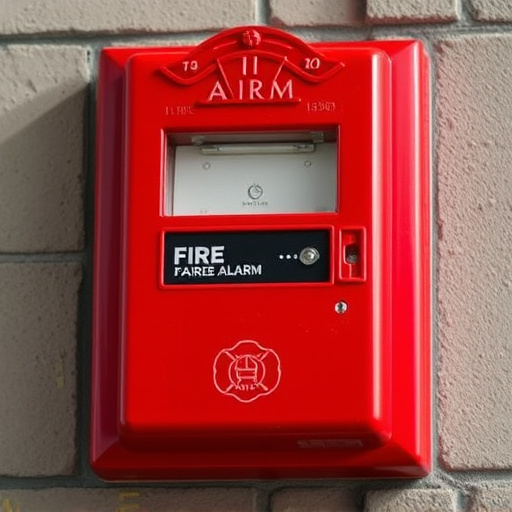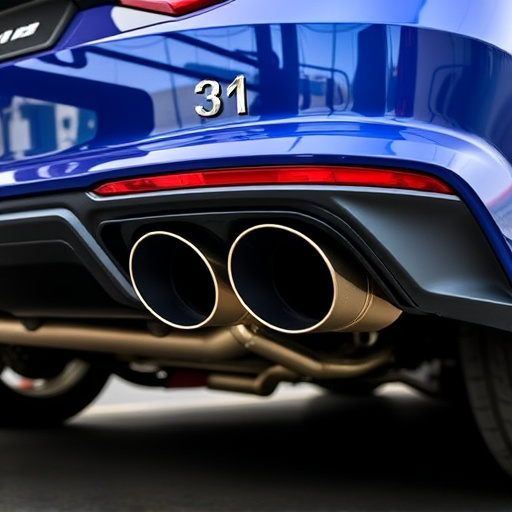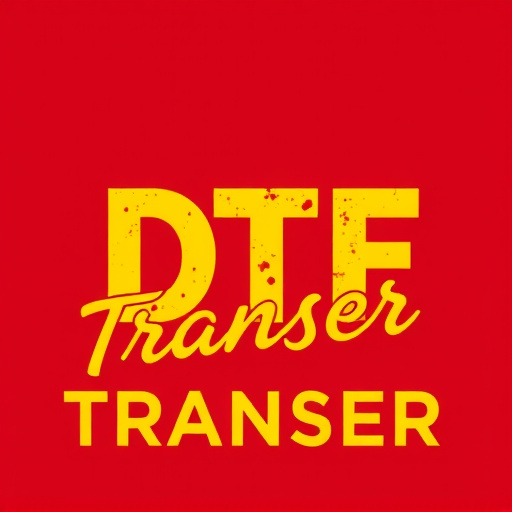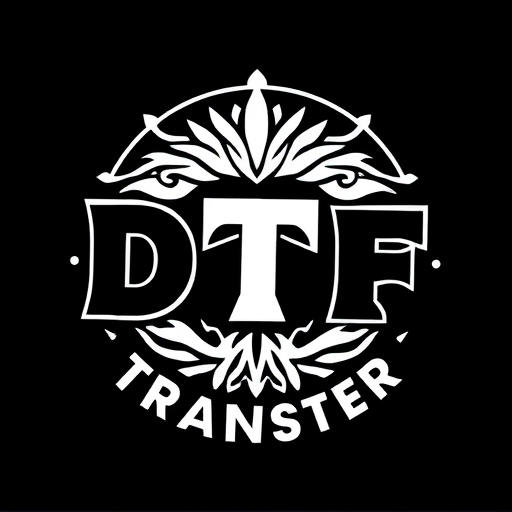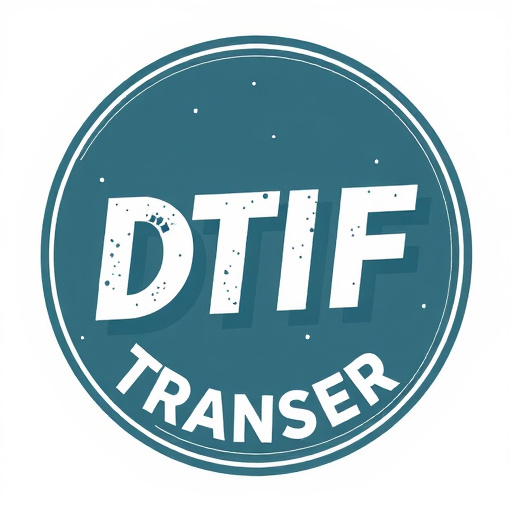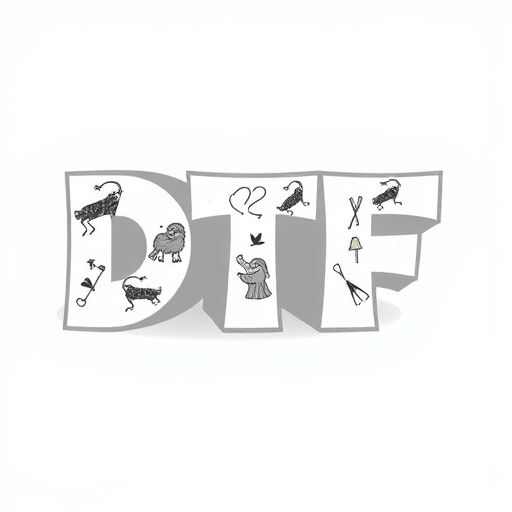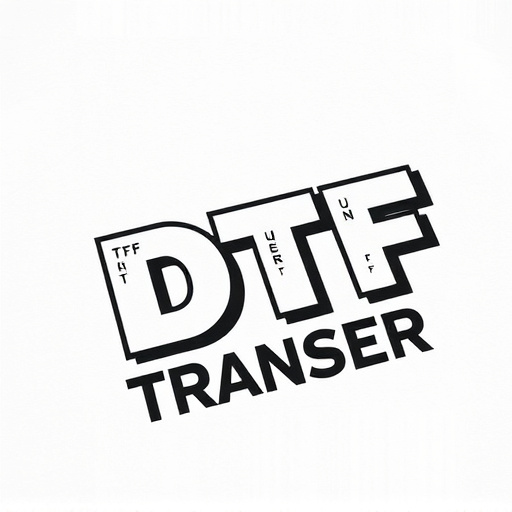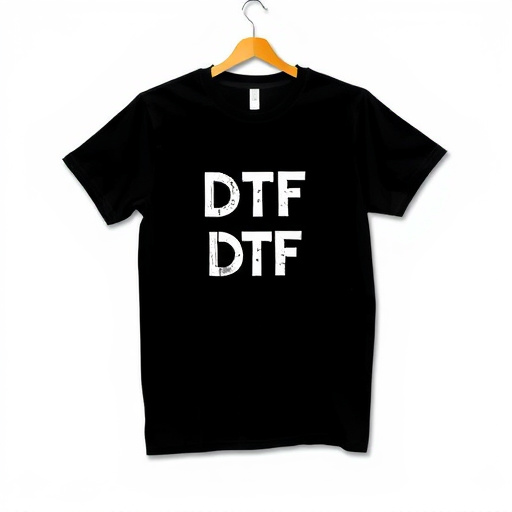Direct-to-Film (DTF) printing is revolutionizing branding, art, and design with high-quality, full-color prints on diverse materials. It offers sharper details, vibrant colors lasting longer, faster production times, reduced waste, and enhanced durability compared to traditional methods. DTF's ability to handle intricate designs makes it ideal for standout logos and graphics, ensuring businesses leave a lasting impression. This technology is transforming artistic practices, enhancing brand recognition, and creating distinctive visual experiences for customers.
“Discover the power of direct-to-film (DTF) transfers as a revolutionary branding strategy. This cutting-edge technique allows businesses to elevate their brand identity with vibrant, durable prints on various surfaces. In this comprehensive guide, we explore the benefits of DTF prints, from enhancing product packaging to transforming merchandise. Learn about choosing the right materials, creative design options, and the step-by-step application process. Get inspired by real-world case studies showcasing successful brands that have harnessed the potential of DTF prints for a competitive edge.”
- Understanding Direct-to-Film (DTF) Transfers: A Revolutionary Branding Technique
- Benefits of DTF Prints for Business Branding
- Choosing the Right Materials and Substrates for DTF Transfer Applications
- Creative Possibilities: Design Elements and Techniques for DTF Branding
- Application Process: Step-by-Step Guide to Implementing DTF Prints
- Case Studies: Successful Businesses Utilizing DTF Transfers for Brand Enhancement
Understanding Direct-to-Film (DTF) Transfers: A Revolutionary Branding Technique
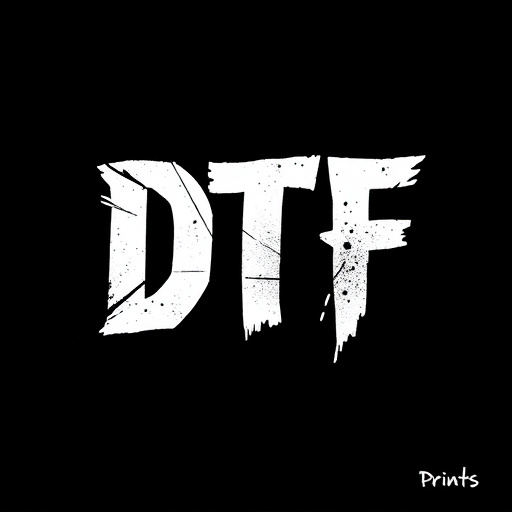
Direct-to-Film (DTF) transfers are a cutting-edge branding technique that’s transforming the way businesses create and apply their visuals. Unlike traditional printing methods, DTF prints allow for high-quality, full-color images to be applied directly onto various materials, from vinyl signs to t-shirts and even packaging. This innovative process uses specialized equipment to transfer ink directly onto the substrate, ensuring sharp details and vibrant colors that last.
DTF technology offers several advantages for businesses looking to enhance their branding. It enables custom designs with intricate details, making it perfect for logos, graphics, and text that need to stand out. The direct application method also ensures faster production times and reduced waste compared to traditional printing. Moreover, DTF Prints provide durability, as the ink becomes part of the substrate, resisting fading and maintaining their sharpness over time.
Benefits of DTF Prints for Business Branding

Choosing the Right Materials and Substrates for DTF Transfer Applications
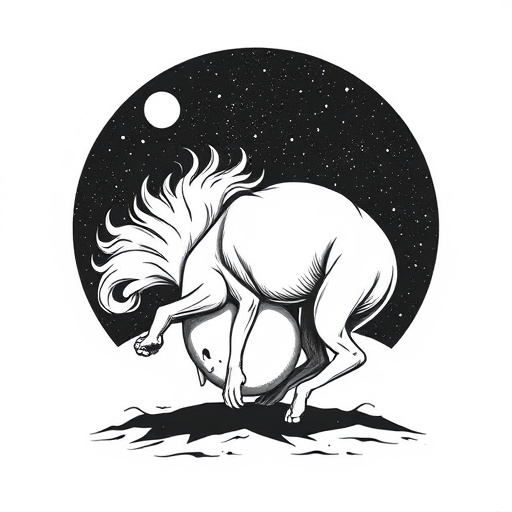
When selecting materials and substrates for direct-to-film (DTF) transfer applications, it’s crucial to consider factors like durability, compatibility with inks, and intended use. For outdoor or long-term displays, robust materials such as vinyl or polyethylene offer superior resistance against fading, UV exposure, and weathering. These materials ensure that vibrant DTF prints maintain their quality for extended periods.
For indoor applications or shorter-term uses, papers designed specifically for DTF printing can be a cost-effective and versatile option. These papers provide excellent ink adhesion and smooth surface finish, enabling crisp, detailed prints. The choice should align with the specific requirements of the project, ensuring optimal visual appeal and longevity of the branding elements.
Creative Possibilities: Design Elements and Techniques for DTF Branding
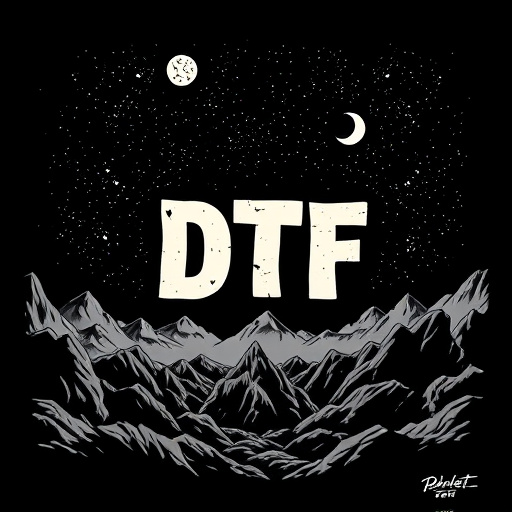
Direct-to-film (DTF) transfers offer a world of creative possibilities for business branding, allowing designers to bring unique and eye-catching visuals to life on various products. This innovative technique involves transferring designs onto film, which can then be applied to a range of surfaces, from clothing to promotional items. With DTF prints, the design potential is vast; from intricate patterns and bold graphics to subtle textures and vibrant colors, every element can be tailored to create a compelling brand identity.
Designers can leverage various techniques to elevate their DTF branding. This includes playing with different screen printing methods, such as using fine-line screens for detailed illustrations or halftone screens for retro-inspired looks. Experimenting with special effects like glow-in-the-dark inks, metallic finishes, or water-based dyes adds another layer of creativity. Additionally, combining multiple DTF applications can create depth and dimension, allowing brands to stand out in a crowded market.
Application Process: Step-by-Step Guide to Implementing DTF Prints

Case Studies: Successful Businesses Utilizing DTF Transfers for Brand Enhancement
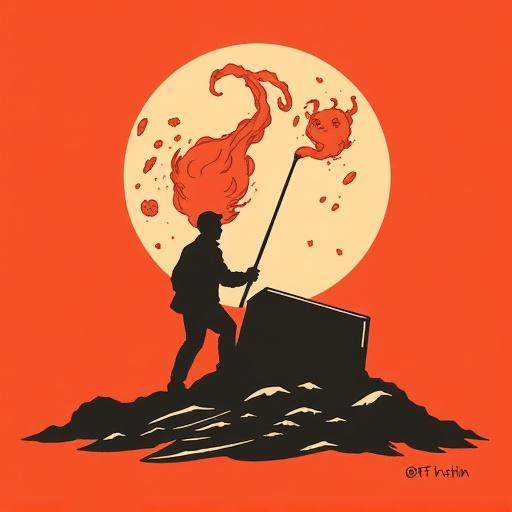
Many successful businesses have recognized the power of direct-to-film (DTF) transfers as a unique and effective method to elevate their brand. Case studies highlight that this technique has been instrumental in creating memorable visual experiences for customers, fostering brand recognition, and setting companies apart from their competitors. For instance, outdoor apparel brands have utilized DTF prints on their product labels and packaging, allowing them to blend seamlessly with the natural environment, appealing to their eco-conscious audience.
Additionally, small startups focusing on niche markets have effectively employed DTF transfers for branded merchandise. By adding intricate designs and logos directly onto various items like t-shirts, mugs, and stickers, these businesses have achieved high customer engagement and built a strong brand identity within their specific communities. This approach not only enhances the overall customer experience but also ensures that the brand’s message is delivered with creativity and precision.
